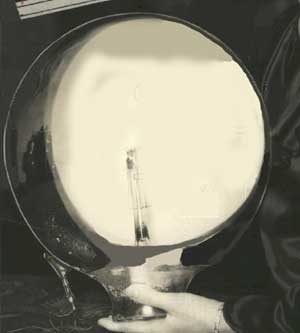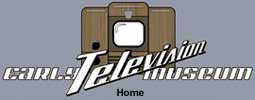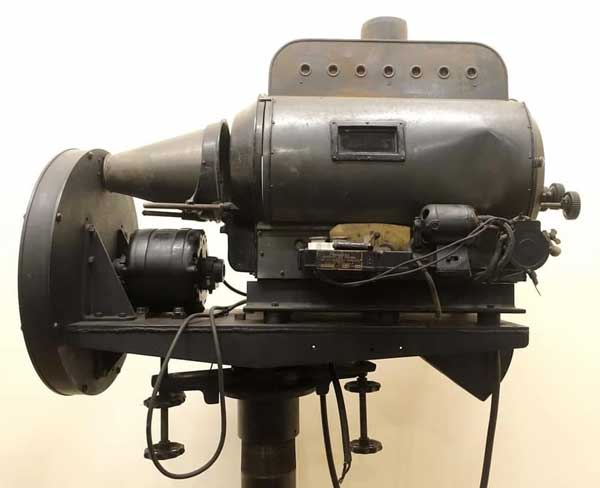Mechanical Television W9XAP/WMAQ - ChicagoW9XAP broadcast from 1930 to 1933, and was the experimental television station of radio station WMAQ, owned by the Chicago Daily News. Here are recollections of William N. Parker, written in 1984. Parker worked for U. A. Sanabria in the late 20s and early 30s.
Here are comments by James T. Hawes:
Scanning disk and motor from Western Television, mated with a McAuley arc lamp. Now at the Museum of Science and Industry in Chicaco Picture and information courtesy of Paul Lindemeyer 
Phototube used at W9XAP in 1930 |

